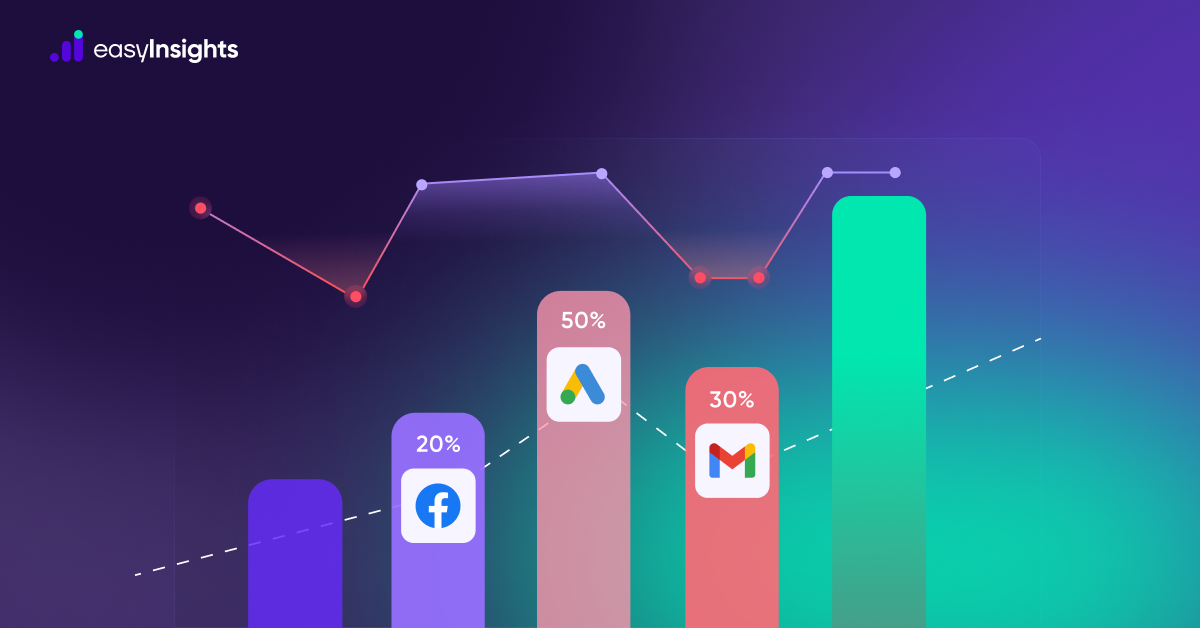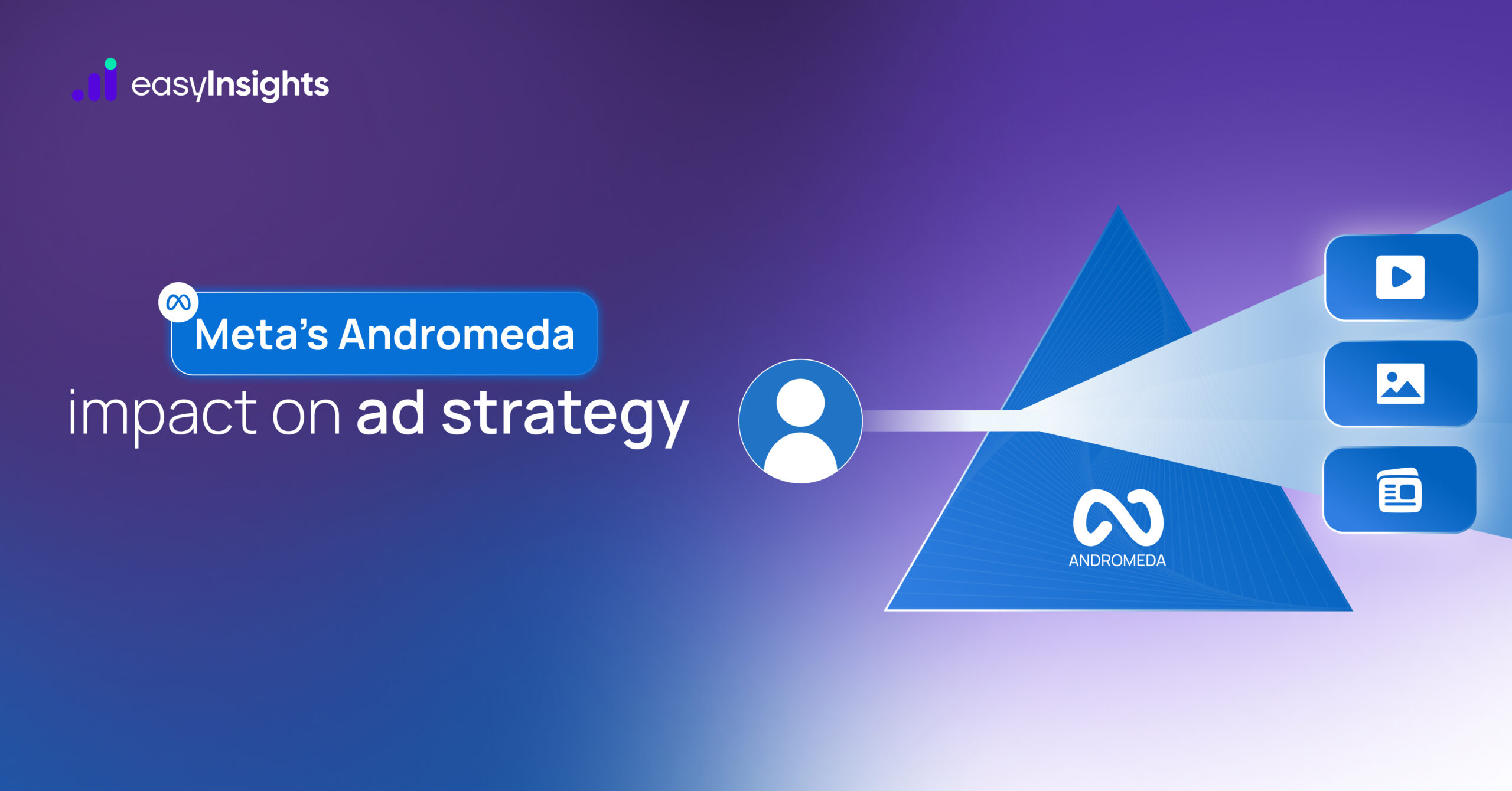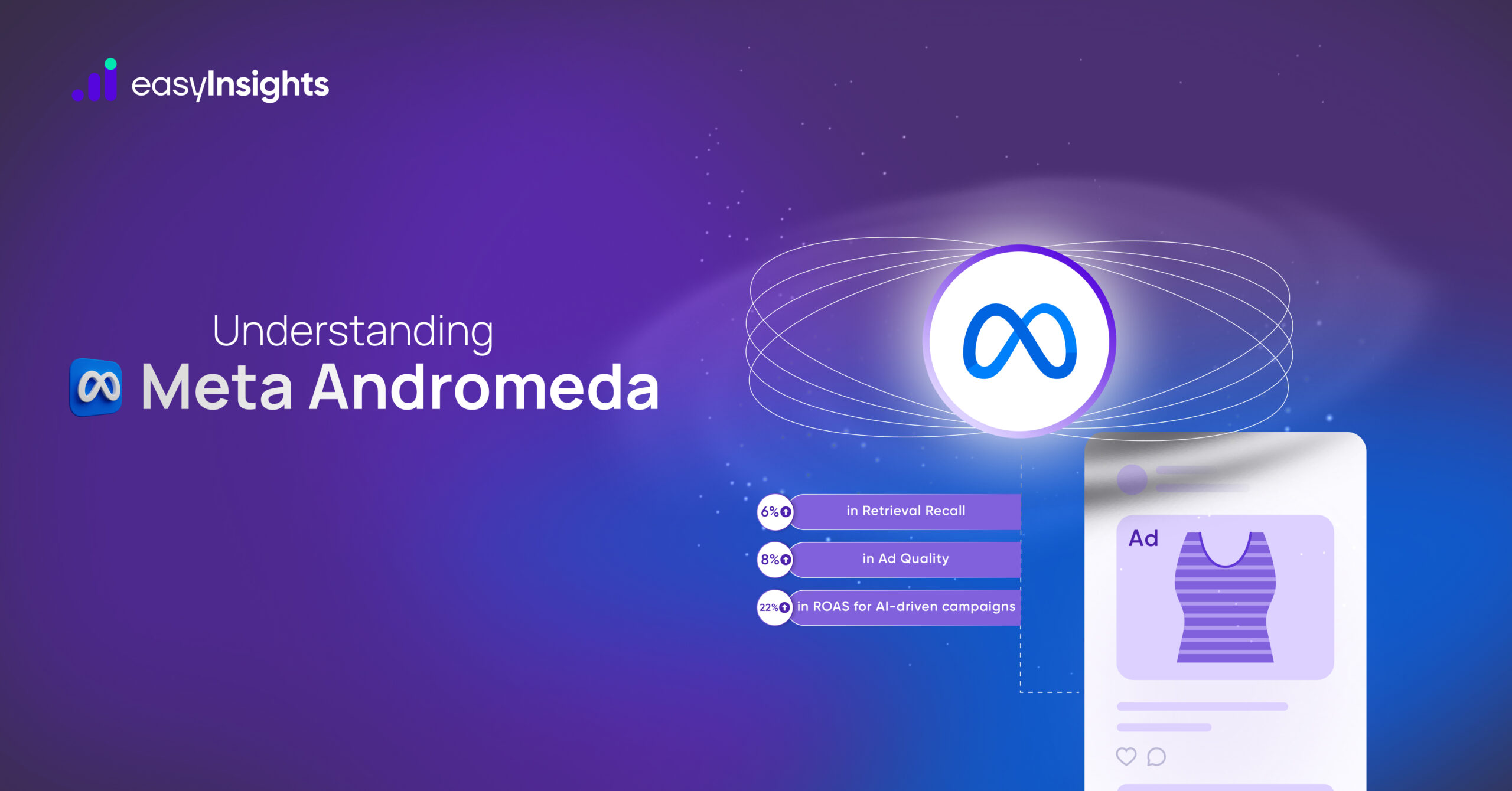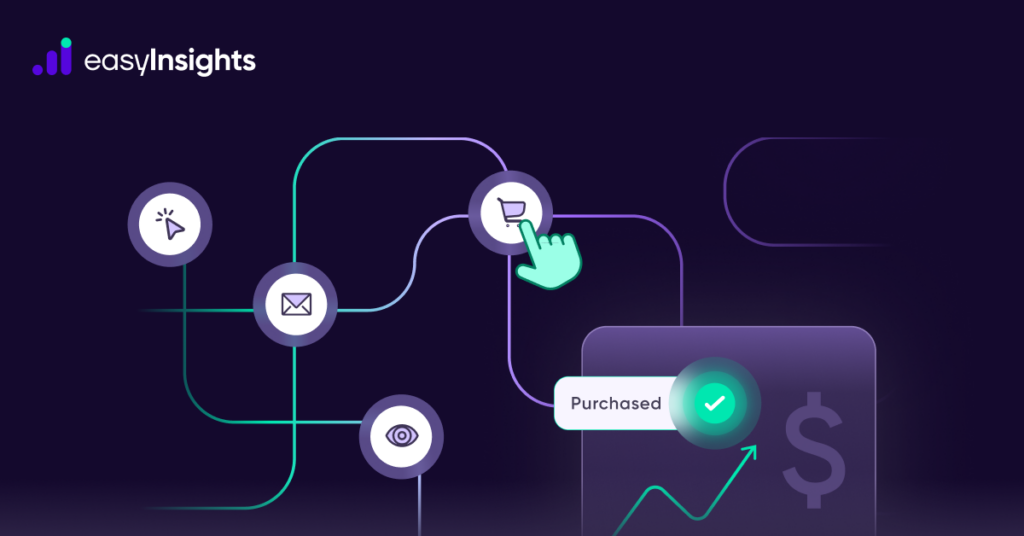
Imagine this: a customer first sees your brand on Instagram, later clicks a Google ad, signs up for your newsletter, reads three of your blog posts, then finally makes a purchase after a retargeting ad on Facebook.
Now the big question: which channel actually deserves credit for the sale?
If you give all the credit to the last click (the retargeting ad), you’d be undervaluing the earlier touchpoints that built awareness and trust. On the other hand, giving all the credit to the first touch (Instagram) ignores the nurturing role of email, search, and retargeting.
This is where Multitouch Attribution (MTA) steps in.
In 2025’s competitive marketing landscape, where customers interact with brands across 10+ touchpoints on average before buying, relying on single-touch attribution models is like using a compass in a world of GPS. MTA provides marketers with true visibility into the full customer journey, ensuring budgets are allocated effectively, ROI is maximized, and growth strategies are data-driven.
Jump ahead to:
What is Multitouch Attribution?
Multitouch Attribution (MTA) is a marketing measurement method that determines how much credit each customer touchpoint deserves in driving a conversion or sale.
Instead of attributing a purchase to a single channel (like “last click” or “first click”), MTA distributes credit across all the interactions a customer had with your brand throughout their journey.
In today’s digital landscape, where customers interact with brands across 10+ touchpoints before making a purchase, MTA is the only way to understand the true impact of your marketing.
Single-Touch vs. Multi-Touch Models: Single-touch attribution has two basic forms:
- First-Touch Attribution: Credits 100% of the sale to the first marketing interaction. This is useful for measuring top-of-funnel awareness (e.g. which initial ad or blog drove interest). However, it ignores all subsequent influence – as Adobe illustrates, a travel site might credit the initial blog post for a booking, even though a later email actually closed the sale.
- Last-Touch Attribution: Credits 100% to the final interaction before purchase. This is simpler and highlights the conversion trigger (e.g. a promo email or retargeting ad). But it can be misleading: the final touch may only have reminded a customer, while earlier ads or content did the real persuasion
Common Multi-Touch Attribution Models
Marketers use several standard multi-touch models, each assigning credit differently:
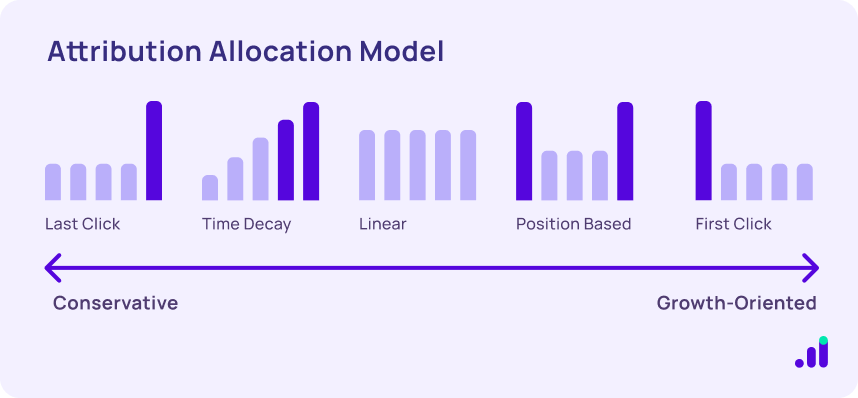
- Linear Attribution Model: This model gives equal credit to every touchpoint. For example, if a buyer saw a social ad, then an email, then a demo video, each interaction would get one-third of the credit. The linear model provides a balanced view of the entire journey. It is straightforward and highlights all channels, but it cannot identify which touchpoint was most influential
- Time-Decay Attribution Model: This model gives increasing weight to interactions that occur closer to the conversion. Touchpoints near the sale (e.g. the last ad or email) get most of the credit, while earlier interactions get less. The idea is that last-touch points are more influential on the final purchase. This is especially useful for long sales cycles or when recent touches are assumed most impactful. However, it can undervalue early-stage brand-building touchpoints. In a customer journey, an email sent just before purchase might receive the lion’s share of credit, while initial ads get only a token amount
- Position-Based (U-Shaped) Attribution Model: Also called U-shaped, this model emphasizes the first and last touches. Typically, about 40% of credit is given to the first interaction and 40% to the last, with the remaining 20% divided among middle touchpoints. This “bathtub” shape reflects the view that initial awareness and final conversion triggers are the most important.
- W-Shaped Attribution Model (Full-Path): This more advanced B2B model adds a mid-funnel milestone (often “lead creation”) to the U-shaped approach. It typically assigns credit to three key events: first touch, lead conversion, and final sale (for example, 30% each), with the remaining 10% split among other touches. W-shaped attribution is useful when a clearly identifiable middle stage (e.g. a sign-up or qualified lead) is crucial. It provides granular insight into longer B2B sales processes.
How Multitouch Attribution Impacts the Customer Purchase Journey
MTA reshapes how marketers understand and engage with the purchase journey:
- Awareness Stage → Social ads, influencer content, PR.
- MTA ensures early touchpoints get credit.
- MTA ensures early touchpoints get credit.
- Consideration Stage → Blog visits, webinars, email nurturing.
- MTA highlights nurturing channels’ impact.
- MTA highlights nurturing channels’ impact.
- Decision Stage → Google search, retargeting ads, direct website visit.
- MTA validates bottom-funnel spend.
- MTA validates bottom-funnel spend.
Why Multitouch Attribution is Important in the Customer Purchase Journey
The customer purchase journey is no longer linear. People don’t just see one ad and buy – they discover, explore, compare, and then decide. On average, buyers interact with a brand across multiple touchpoints (social media, search, email, retargeting ads, etc.) before converting.
Without multitouch attribution (MTA), you’d struggle to know which of these steps truly matter.
Importance of MTA in the Purchase Journey
- Recognizes Every Step in the Journey
- MTA ensures all touchpoints, awareness, consideration, and decision get fair credit.
- This gives you a complete picture of how customers actually move from interest to purchase.
- MTA ensures all touchpoints, awareness, consideration, and decision get fair credit.
- Avoids Misleading Insights from Single-Touch Models
- First-touch or last-touch models only highlight one step, ignoring the rest.
- Example: If you only use last-touch, you may think retargeting alone drives sales, while in reality, social and search played a big role in getting people there.
- First-touch or last-touch models only highlight one step, ignoring the rest.
- Shows Channel Synergy
- Customers rarely convert from just one channel.
- MTA reveals how channels work together – e.g., Instagram builds awareness, blogs educate, and Google ads close the sale.
- Customers rarely convert from just one channel.
How MTA Helps in Optimizing Campaigns
- Better Budget Allocation
- By knowing which touchpoints add the most value, you can put more money into high-impact channels and reduce wasted spend.
- Example: If email consistently drives conversions in the middle stage, you’ll invest more in nurturing campaigns.
- By knowing which touchpoints add the most value, you can put more money into high-impact channels and reduce wasted spend.
- Improves Campaign Messaging
- MTA shows what kind of content works best at each stage.
- Example: Awareness stage = short videos, Consideration = case studies, Decision = discounts/retargeting.
- MTA shows what kind of content works best at each stage.
- Boosts ROI
- Since you’re spending on the right mix of channels, you maximize return on ad spend (ROAS).
- Since you’re spending on the right mix of channels, you maximize return on ad spend (ROAS).
- Supports Personalization
- Insights from MTA can help you create more tailored journeys – serving the right message at the right time, based on what actually influences customers.
- Insights from MTA can help you create more tailored journeys – serving the right message at the right time, based on what actually influences customers.
Tools for Multi-Touch Attribution
A number of platforms support multi-touch attribution:
- EasyInsights: A dedicated attribution tool that emphasizes first-party, cookieless tracking. EasyInsights deploys a server-side pixel to collect conversion events and attributes them by channel and asset. It automatically runs various models (linear, time-decay, data-driven, etc.) and reports on both channel-level and creative-level performance. For example, EasyInsights customers have seen significant ROAS improvement by reallocating spend based on these reports.
- Google Analytics (GA4): GA4 includes multi-channel funnel analysis and attribution reporting. It can show which ads, search, and email sources assisted in a conversion path. While GA4’s default model may be last-click, it allows comparison with linear or data-driven algorithms. Marketers can also import cost data and use the “Advertising” workspace to compare models. However, GA4’s multi-touch features require careful setup (e.g. defining conversions, enabling data-driven attribution for Google Ads) and are limited to a 90-day window.
- Adobe Analytics: This enterprise analytics suite offers robust attribution capabilities. Marketers can configure custom attribution models (including linear, time-decay, and U-shaped) and use Adobe’s AI (Customer Journey Analytics) to derive data-driven insights. Adobe’s strength is its ability to stitch user data across devices and integrate offline conversion data, improving accuracy
Additional read – Top 8 Marketing Attribution Tools and Software for 2024
Conclusion
Multitouch attribution is more than just a measurement tool – it’s a way to truly understand how customers move from awareness to purchase. By giving credit to every meaningful interaction, MTA uncovers the interplay between channels, highlights what drives engagement, and enables smarter campaign decisions. For marketers, this means optimizing budgets, improving messaging, and maximizing ROI. In an era where customer journeys are complex and multi-layered, embracing multitouch attribution isn’t optional – it’s essential for growth and long-term success.
Fix your Attribution with EasyInsights – Book a demo
Additional read – Multi-touch Attribution: What it is; how it works




